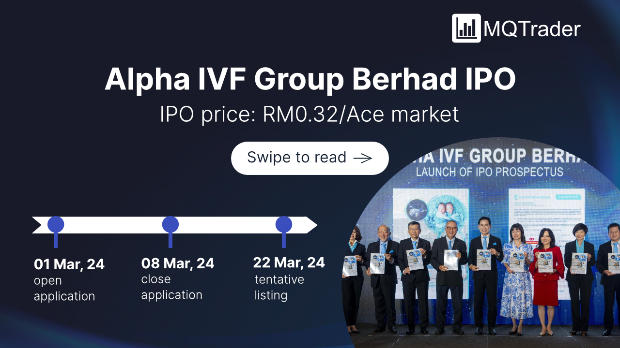JF Apex Research Highlights
2019 Market Outlook & Strategy - a Tale of Two Halves
kltrader
Publish date: Thu, 03 Jan 2019, 05:11 PM
Market Review 2018
- A confluence of unfavourable internal and external factors weighed on the market. The local bourse has been trending downwards since the month of May 2018 after hitting a record high of 1895.18 points in April (recorded an intra-day high of 1896.23 points back in July 2014 before slump in crude oil prices) as market sentiment was affected by shocking results of the 14th general election (GE14) coupled with trade war concerns (trade tensions between the US and China, EU), shrinking global liquidity (pursuant to monetary tightening in US with ongoing rate hike) and slowing global economic growth. With intense foreign selling incurred in the middle and last quarter of the year, the FBM KLCI ended below the 1700-point level with a negative return of 5.9% for 2018.
- Net outflow of foreign funds. In 2018, net outflow of foreign funds from the Malaysian equity market stood at RM11.5b (as of 21 Dec), reversing from a net inflow of RM10.3b in 2017. Vigorous selling by foreign investors was evident during the period of May-July as a result of: a) policy uncertainty with the new ruling government coming into power after GE14, b) unfavourable external factors – trade war concerns, rate hike in the US, c) worries on economic slowdown in China after its economic indicators missed market expectations, and d) uninspiring 1H18 corporate earnings with downgrade of market earnings.
- All sub-sector indexes registered negative returns except for Finance and Consumer sectors which stood out among the crowd. During 2018, the Finance and Consumer sectors recorded steady gains of 2.9% and 1.1% respectively, benefiting from resilient loan growth and domestic consumption as well as posting relatively better corporate results. These sectors are domestic-driven businesses and perceived as ‘safe haven’ stocks by investors due to their resilient business models and stable dividend yields. On the flip side, the Construction sector was the worst performer after recording a decline of 50.3%, as several mega projects were slashed and/or are currently under reviewed by the new ruling government due to the prevailing elevated national debt level. Other sectors such as Property (no thanks to weaker sales), Technology (subject to profit taking following strong rallies of share prices in the past few years), and Planation (following slump in CPO prices) were not spared in the sell-off.
- The FBM KLCI performed better than most of its regional peers. Although the local bourse registered negative return in 2018, the performance of the FBM KLCI was still ahead of other key Asian bourses such as Taiwan (-9.4%), Singapore Strait Times (-10.5%), Thailand (-11.7%), the Philippines (-12.6%), HK Hang Seng (-14.8%) and Shanghai (- 24.9%). We believe the better performance was due to relatively less net inflow of foreign funds to the local bourse in the past few years as compared to these nations, and hence subject to less foreign selling pressure besides the local market was well supported by ample domestic liquidity.
- Pricey valuation against Asian peers as regional markets tumble. The local bourse now trades at 16.6x/15.9x 2018/2019 PE, the second highest (for 2018) or the highest PER (for 2019) after the Philippines Composite Index (17.6x 2018 PE and 15.7x 2019 PE). This also indicates that the FBM KLCI is trading at 24.6%/29.6% premium to other major Asian indices with averages of 13.3x 2018 PE and 12.3x 2019 PE. Having said that, the local equity market has always traded at a premium to regional peers due to its defensive nature as ownership of government linked investment funds is relatively high among KLCI component stocks. Dividend yield-wise, the local bourse looks unattractive against its peers as it renders 3.3%/3.4% for 2018/2019, which is lower than Hang Seng, Straits Times, and Taiwan Stock Exchange Weighted Index and on par with the regional average of 3.2%/3.4%.
Source: JF Apex Securities Research - 3 Jan 2019
More articles on JF Apex Research Highlights
Padini Holdings Berhad - Ending the Year With a Solid Performance
Created by kltrader | Aug 28, 2023
Discussions
Be the first to like this. Showing 0 of 0 comments


















